supercritical fluid dry cleaning equipment
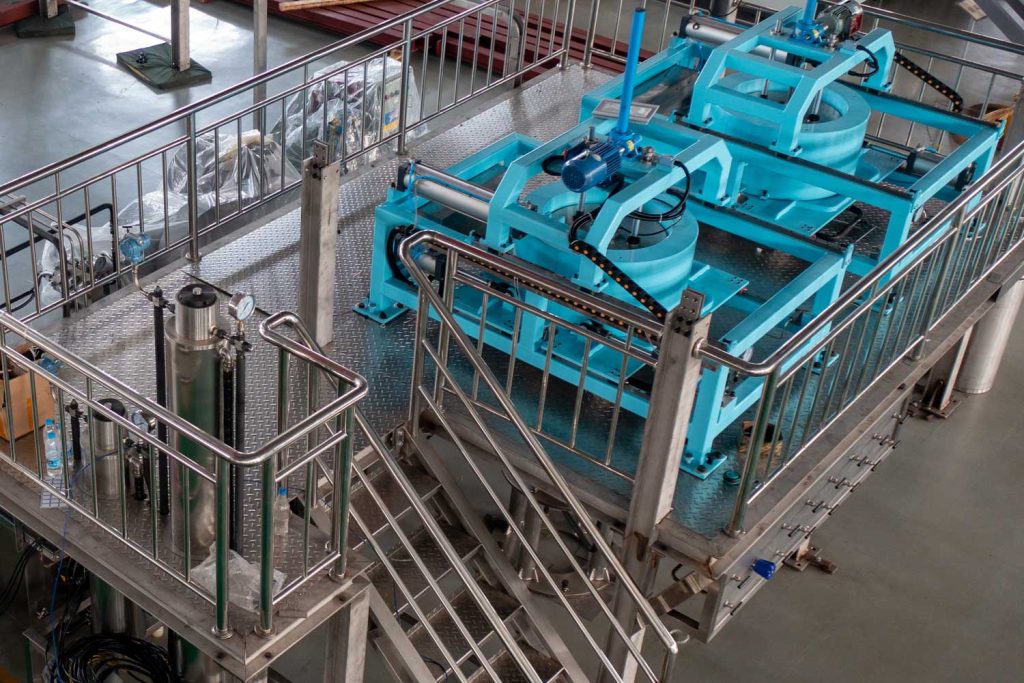
supercritical co2 cleaning process
First turn on the cold cycle refrigeration. After reaching a certain working temperature, open the CO2 cylinder valve and start the CO2 pump to pressurize.
The liquid CO2 is removed from the oil and other impurities in the purification tank, and then enters the mixing chamber and is stored in a cooled storage tank. If additives need to be added, the additives are added to the mixing chamber at a preset flow rate through the advection pump at the same time, and fully mixed with the liquid CO2.
After the homogeneous mixed liquid enters the cleaning chamber through the conduit at a higher transmission rate, the valve 1 is closed. When the pressure of liquid CO2 in the pipeline reaches 7.4Mpa, turn on the heating device until the temperature reaches 32 ° C.
At this time, the CO2 in the pipeline enters a supercritical state, and slowly open the valve one so that the supercritical CO2 with the additive passes through the nozzle pair.
The silicon wafers to be processed on the silicon wafer rack in the cleaning chamber are purged, and at the same time, the tray is rotated at a certain speed to ensure the uniformity of this link.
The process mainly utilizes the strong penetrating ability and dissolution and swelling effects of supercritical CO2, and the chelation and modification of additives to separate pollutants from the silicon wafer, thereby achieving the purpose of cleaning the silicon wafer.
After cleaning
After cleaning, the CO2 mixture enters the separator to depressurize. CO2 is precipitated from the mixture in gaseous form and recycled after condensation and compression, while other pollutants generated during the cleaning process are discharged through the separator’s drain valve.
The process is compatible with traditional wet cleaning technology, and integrates supercritical cleaning and supercritical drying.
During the entire cleaning and subsequent supercritical drying process, the silicon wafer surface does not have a gas-liquid interface, so the fine microstructure will not be damaged by the interfacial tension, let alone the substrate brought by dry cleaning such as plasma cleaning. damage.
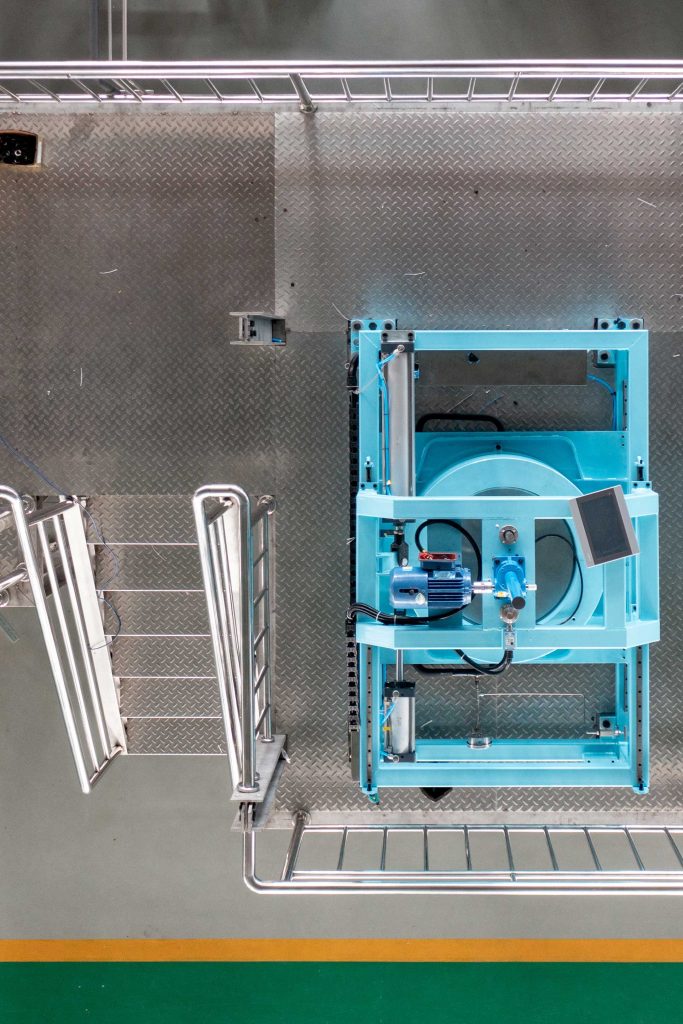
Advantages of co2 cleaning process
This equipment is at the cutting edge of technology for sub-32nm process nodes and nano-scale devices.
At the same time, due to the lack of surface tension characteristics of supercritical fluids, it has broken through the limits of traditional cleaning of microstructures for adhesion and degumming.
This equipment uses carbon dioxide to complete the cleaning process, which saves a lot of water and eliminates the environmental cost of the semiconductor industry.
Facing the current dilemma of no good cleaning method for metal pollution, the cleaning equipment can add metal chelate to encapsulate metal ions according to the type of polluted metal, and finally rinse with supercritical fluid to achieve metal ion cleaning
The use of carbon dioxide recycling has overcome the shortage of high energy consumption and high carbon dioxide consumption of existing foreign equipment.
With the continuous improvement of the technological level of society and people’s quality of life, the design of electronic components has become more intensive.
At the same time, manufacturing processes have to meet environmental requirements and reduce production costs while providing higher yields. Traditional cleaning Technology is becoming increasingly powerless as semiconductor technology moves toward smaller process nodes.
Further reading
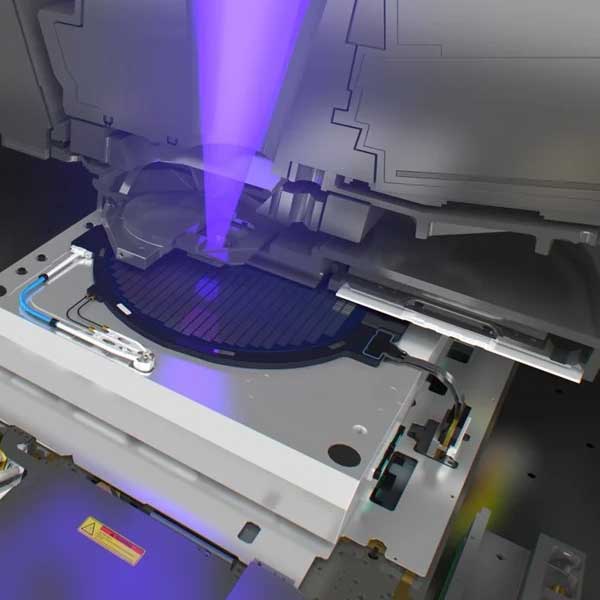
Semiconductor cleaning processes
With the continuous reduction of the semiconductor line width, the traditional wet cleaning technology has been unable to meet the current semiconductor development requirements for cleaning technology and equipment in many aspects.
Ordinary solvents such as water cannot penetrate into small and deep structures for cleaning due to excessive surface tension. Many residual foreign materials cannot be completely removed.
In addition, severe particle adsorption will occur when drying; water solvents are highly polar molecules. After cleaning, the surface of the silicon wafer will be hydroxylated, the hydroxyl terminal will absorb metal cations and cause secondary pollution, which will directly cause CMOS gate leakage; the porous media material of the wafer will cause the microporous structure to collapse due to the surface tension of water, causing dielectric Constant increase.
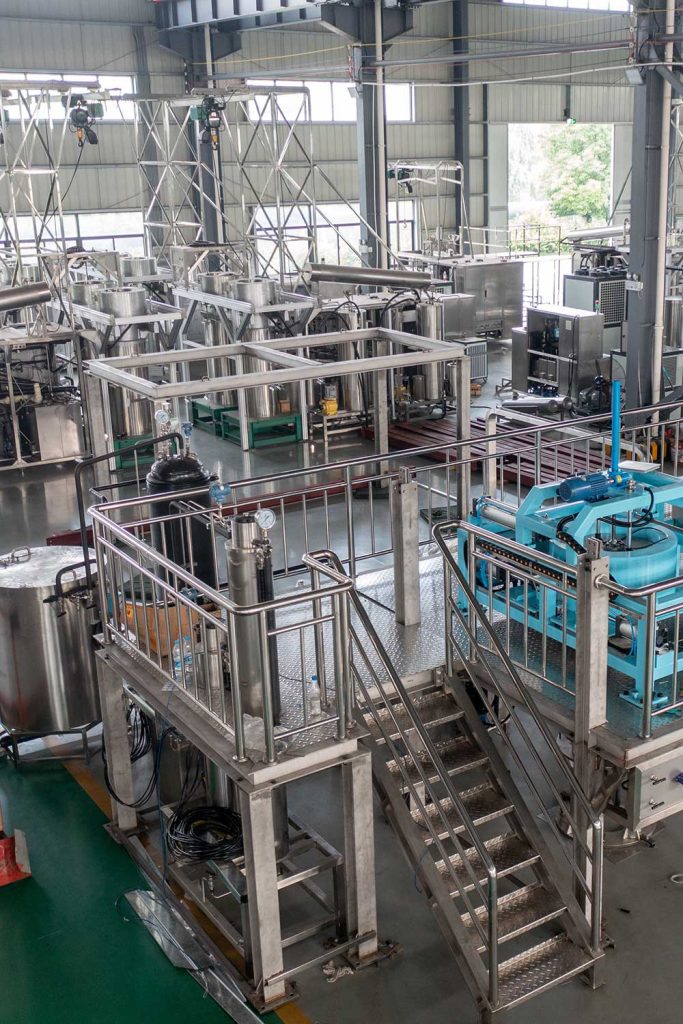
Supercritical co2 cleaning method
These objectively require the development of new semiconductor cleaning processes.
Compared with cleaning by plasma method, this method will not cause damage to the silicon wafer, meanwhile, it can reduce process steps, save time and improve work efficiency.
Wafer cleaning
Wafer cleaning is the most commonly used process step in the manufacturing process of integrated circuits.
Cleaning is required before and after almost every major process. The purpose is to effectively remove residues without destroying the surface and electrical characteristics of the wafer Contaminants and impurities such as particles, metal ions and organics on the surface of the silicon wafer.
As integrated circuits become more integrated, there are more manufacturing processes and more cleaning processes. In the current integrated circuit process, about 1/3 of the steps are silicon wafer cleaning processes. Poor cleaning causes device failures that exceed half of the total losses in integrated circuit manufacturing.
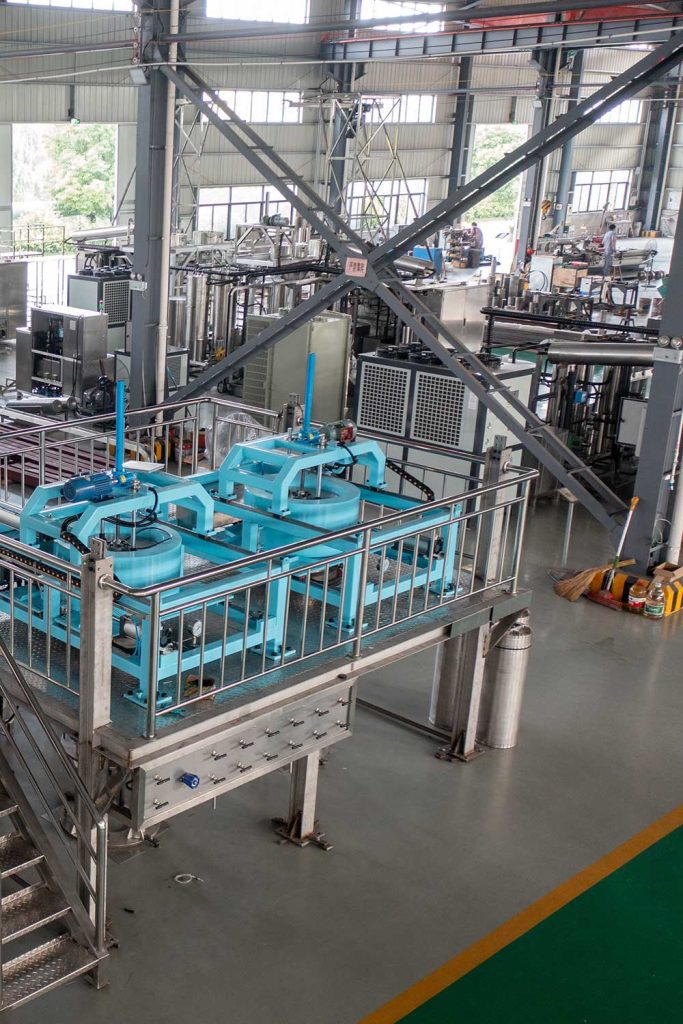
supercritical CO2 cleaning equipment
The supercritical carbon dioxide non-destructive cleaning equipment independently developed by Jing Yupeng’s research group is mainly composed of a carbon dioxide refrigeration system, a temperature control system, a power source part, a cleaning chamber, a nozzle, and a filtering and separating device.
Refrigeration system
The carbon dioxide refrigeration system consists of a fully enclosed refrigeration compressor, a storage tank, a cold box with a spiral coil, a temperature controller, etc., and the lowest temperature can reach -15 ° C. The cold circulation system ensures that liquid carbon dioxide flows in the cleaning circuit while flowing in the refrigeration circuit.
The power source part mainly includes CO2 pump and additive pump.
CO2 pump
Among them, the CO2 pump uses a constant pressure and constant flow pump, the pressure can reach 10Mpa, the flow rate is 1 ~ 60mL / min, the stability is good, and the flow rate display record.Additive pump adopts non-circular gear or linear cam driven advection pump. The maximum pressure is 10Mpa and the flow rate is 20mL / min. Real-time display of flow and pressure. According to requirements, additives can be added to the mixer through the advection pump to be thoroughly mixed with carbon dioxide, for removing particles and impurities that cannot be cleaned by pure carbon dioxide.
There are 4 temperature control systems, which control and measure the temperature of the cleaning chamber, two separators and the refrigeration system.
Cleaning chamber
The cleaning chamber is mainly used for the wafer cleaning and drying process. It is designed with a bayonet-type quick-open structure and a visible window is reserved on the top for real-time observation of the test process. Its operating pressure and temperature can be controlled in the range of 10MPa and -15 ~ 200 ℃; the internal heating method is used to make the internal temperature extremely easy to control; the outside uses a thermal insulation jacket and a water jacket.
Separation
Filtration and separation devices I and II are used to separate carbon dioxide and cleaning waste liquid as well as particles and pollutants.
The purpose of the two separators is to completely separate them from impurities, and to prevent carbon dioxide from bringing pollutants into the reaction chamber during the cycle.
At the same time, ensure that the system pipeline is unobstructed and not blocked. The entire operation process is controlled by computer automation. Through more precise control of temperature and pressure, the recycling of supercritical carbon dioxide is realized, and safety protection devices are designed to ensure the safety of people and equipment.